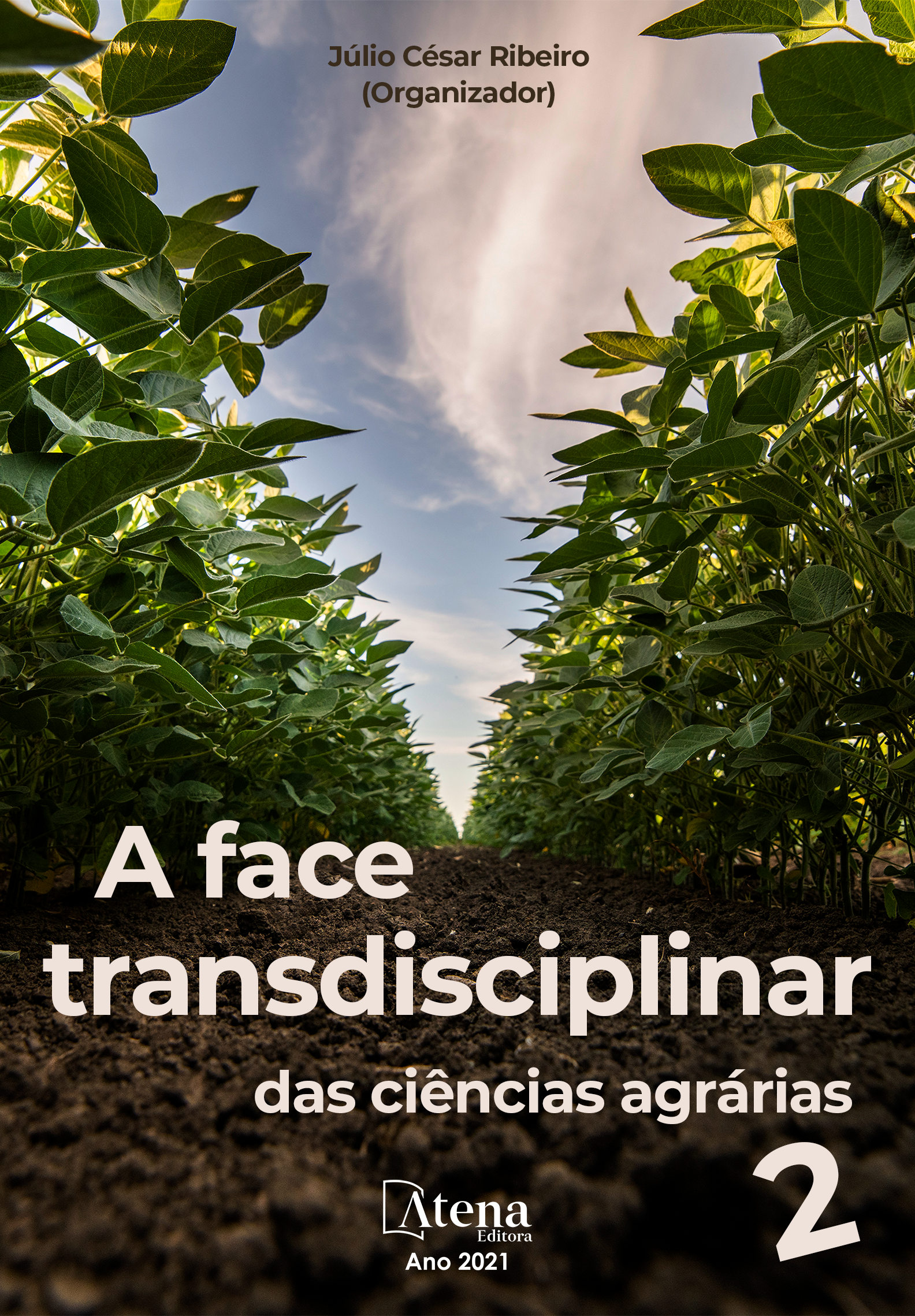
CORTE DO MERISTEMA APICAL VISANDO O AUMENTO DO NÚMERO DE VAGENS POR PLANTA NA CULTURA DA SOJA
A soja e uma das principais fontes de renda do setor agrícola atualmente, onde é cultivada numa extensa área no território nacional. O objetivo foi avaliar a influência do corte do meristema apical na quantidade de vagens em plantas de soja. O trabalho foi realizado na Fazenda Saia Velha, em Luziânia de Goiás (GO), em Latossolo Vermelho Distrófico de textura argilosa. Cidade que possui clima Aw de acordo com a classificação de Köppen. A área do experimento possui 50 ha e irrigação via pivô central. Os estádios escolhidos para o corte do meristema apical, são baseados no desenvolvimento da planta onde nos mesmos ocorrem a formação de folhas e ramos. O trabalho consistiu de 4 tratamentos, onde foi utilizado o delineamento inteiramente casualizado com 3 repetições. O experimento foi instalado numa área de 25 m2, onde cada parcela tinha 210 plantas. Cada parcela sofreu um corte em diferente estádio vegetativo, onde T1 (sem corte), T2 (corte em V3), T3 (corte em V5) e T4 (corte em V7). Os cortes destes meristemas apicais foram realizados com o auxilio de uma tesoura. No experimento apenas uma característica foi avaliada, sendo o numero de vagens por planta. Dentre as parcelas avaliadas que sofreram o corte no meristema apical, ambos tratamentos foram eficientes. Sendo o corte do meristema apical no estádio V3 oque mais contribui para o aumento do numero de vagens por planta.
CORTE DO MERISTEMA APICAL VISANDO O AUMENTO DO NÚMERO DE VAGENS POR PLANTA NA CULTURA DA SOJA
-
DOI: 10.22533/at.ed.8942110083
-
Palavras-chave: Glycine max; dominância apical; numero de vagens.
-
Keywords: Glycine max; apical dominance; number of pods.
-
Abstract:
Soy is one of the main sources of income in the agricultural sector today, where it is grown in an extensive area in the national territory. The objective was to evaluate the influence of the cut of the apical meristem on the quantity of pods in soybean plants. The work was carried out at Fazenda Saia Velha, in Luziânia de Goiás (GO), in a clayey Oxisol with a clay texture. City with Aw climate according to the Köppen classification. The experiment area has 50 ha and irrigation via a central pivot. The stages chosen for cutting the apical meristem, are based on the development of the plant where the formation of leaves and branches occurs in them. The work consisted of 4 treatments, using a completely randomized design with 3 replications. The experiment was installed in an area of 25 m2, where each plot had 210 plants. Each plot suffered a cut at a different vegetative stage, where T1 (without cutting), T2 (cutting in V3), T3 (cutting in V5) and T4 (cutting in V7). The cuts of these apical meristems were performed with the aid of scissors. In the experiment only one characteristic was evaluated, being the number of pods per plant. Among the evaluated plots that suffered the cut in the apical meristem, both treatments were efficient. Being the cut of the apical meristem in the V3 stage what contributes the most to the increase in the number of pods per plant. Key words: Glycine max; apical dominance; number of pods.
-
Número de páginas: 5
- LUCAS GONÇALVES MILANEZ ALVES
- George Finco


